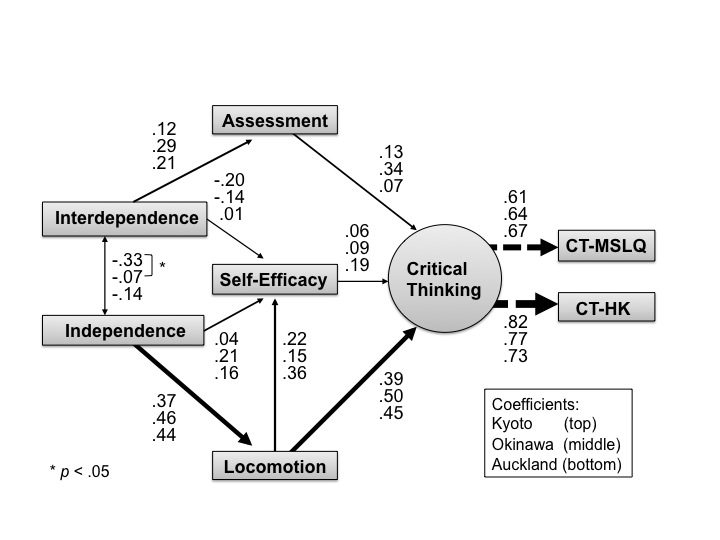Emmanuel Manalo / エマニュエル マナロ
 Professor, Graduate School of Education
Professor, Graduate School of Education
教育学研究科・教授
PROFILE
Research Field
教育心理学
認知心理学
Educational Psychology
Cognitive Psychology
Research Topic
学習方略の利用
問題解決とコミュニケーションにおける図の作成と使用
批判的思考
第二言語の学習とコミュニケーション・スキルの向上
異文化間教育
Learning strategy use
Diagram production and use in problem solving and communication
Critical thinking
Second language learning and communication skills development
Intercultural education
Lecture
心理的システムとデザイン学1・2
Seminar on Psychological System and Design Studies 1&2
MESSAGE
デザインは、明示的にも黙示的にも教育心理学において必要不可欠な部分である。適切なデザインがなければ、教授と学習に多大な努力を注いだとしてもうまくいかない。この事実関係は私の研究で調査した課題の多くの側面において顕著である。例えば、問題解決とコミュニケーションのため、学生が図の作成と使用を行う場合、抽象的概念を効果的な外的・視覚的表現に置き換える 過程において、デザインは必要不可欠である。そして批判的思考においては、情報が属するデザイン全体が十分理解されて初めて、いかなる情報であれその効果的な評価が保証される。
Design is an essential part of educational psychology, both explicitly and implicitly. Without appropriate design, many efforts at teaching and learning would fail. This reality is apparent in many aspects of the topics I investigate in my research. For example, in student production and use of diagrams for problem solving and communication, design is indispensable in the process of translating abstracts concepts to effective external visual representations. And in critical thinking, evaluation of any information can only be effectively undertaken when the context for the whole design to which that information belongs is sufficiently understood.
MY PHOTO

学習した情報を説明するための文章と図の作成に関連するメカニズム。
出典:Manalo, E., &Uesaka, Y. (2012). Elucidating the mechanism of spontaneous diagram use in explanations: How cognitive processing of text and diagrammatic representations is influenced by individual and task-related factors. Lecture Notes in Artificial Intelligence, 7352, 35-50.
Proposed mechanism involved in the production of text and diagrammatic representations in explaining information that has been learned. From: Manalo, E., &Uesaka, Y. (2012). Elucidating the mechanism of spontaneous diagram use in explanations: How cognitive processing of text and diagrammatic representations is influenced by individual and task-related factors. Lecture Notes in Artificial Intelligence, 7352, 35-50.

批判的思考と文化関連の要因の仮定的関係を図解したモデル。
出典: Manalo, E., Kusumi, T., Koyasu, M., Michita, Y., & Tanaka, Y. (2013). To what extent do culture-related factors influence university students’ critical thinking use? Thinking Skills and Creativity, 10, 121-132.
Model depicting the hypothesized relationships between critical thinking and some culture-related factors. From: Manalo, E., Kusumi, T., Koyasu, M., Michita, Y., & Tanaka, Y. (2013). To what extent do culture-related factors influence university students’ critical thinking use? Thinking Skills and Creativity, 10, 121-132.

アルファベットの文字-音声の対応関係の把持に役立つ記憶術イメージ。
出典: Manalo, E., Uesaka, Y., & Sekitani, K. (2013). Using mnemonic images and explicit sound contrasting to help Japanese children learn English alphabet sounds. Research in Memory and Cognition, 2, 216-221.
Mnemonic images to assist in the retention of alphabet letter-sound correspondence. From: Manalo, E., Uesaka, Y., & Sekitani, K. (2013). Using mnemonic images and explicit sound contrasting to help Japanese children learn English alphabet sounds. Journal of Applied Research in Memory and Cognition, 2, 216-221.
LINKS
京都大学 デザイン学大学院連携プログラムKyoto University PAGE TOP